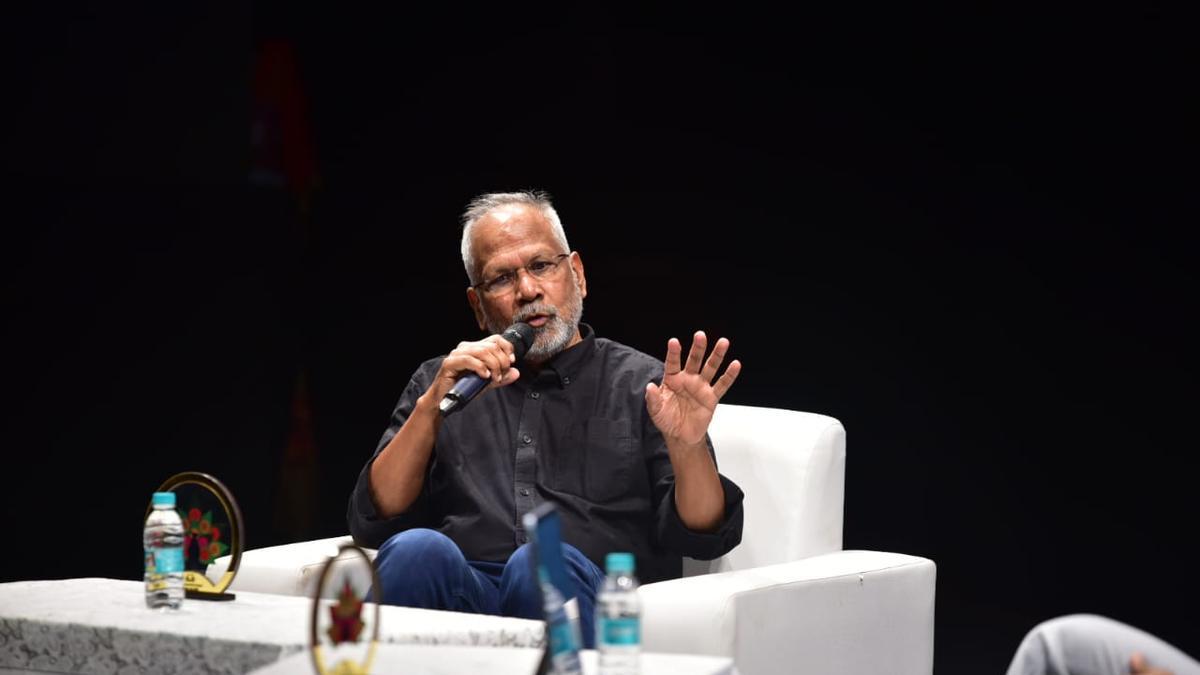
The Pakistan Super League (PSL) is set for significant expansion come 2026, with the Pakistan Cricket Board (PCB) confirming that the league will grow from a six-team to an eight-team competition. This development marks a pivotal transformation for Pakistan’s premier T20 cricket tournament as it evolves to include more teams and wider representation.
Currently, the PSL hosts six teams: Karachi Kings, Islamabad United, Peshawar Zalmi, Lahore Qalandars, Quetta Gladiators, and Multan Sultans, which joined in 2018. The initial format featured only five teams when the league started in 2016, making Multan Sultans the latest addition. Talks of further expanding the tournament have surfaced periodically but nothing concrete has materialized until now.
According to a report by ESPNcricinfo, the PCB has not yet decided on the names or cities that the new teams will represent. However, the decision to expand the league underscores the growing popularity of cricket in the country and the need to accommodate more talent and fan interest.
One of the key driving factors behind this expansion is the opportunity to have a more diverse and competitive league that can attract top-tier international talent. “The opinion was that if the PSL is held in the April-May window, even the PSL would have access to some of the best players in the world, including those who are not picked up by the IPL franchises,” said a source close to the PCB, as quoted by PTI (Press Trust of India).
The PCB is reportedly aiming to organize the 2025 and 2026 editions of the tournament during an April-May timeframe. Although this schedule would inevitably clash with the Indian Premier League (IPL), the PCB remains keen on the timeframe because of the limited amount of cricket played during these months, ensuring they can attract high-profile international players who are otherwise unavailable during traditional cricketing calendars.
A source involved in the discussions emphasized the packed cricket calendar and the strategic necessity behind the choice: “The general feeling is that with the cricket calendar packed to the brim in 2025 and 2026 and onwards, and with so many leagues being held between October and February, the window used by IPL would be best suited for the PSL even though the two leagues would clash for a period of time.”
It seems that in making this decision, the PCB has taken into account the increasingly crowded global cricket calendar. The April-May window gives them a strategic advantage to leverage the absence of other major tournaments and attract some of the biggest names in cricket.
Further related reports highlight that the PCB faces a tight schedule in 2025, with Pakistan set to host the ICC Champions Trophy in February of that year. This logistical challenge underscores the practicality of moving the PSL window to April-May, even at the cost of a scheduling conflict with the IPL. Maintaining this window in subsequent years would, in theory, continue to attract top talent, making the PSL more competitive and enjoyable for fans.
In conclusion, the planned expansion of the Pakistan Super League to an eight-team event in 2026 is a significant step forward for cricket in Pakistan. This move reflects the PCB’s commitment to not only growing the domestic cricketing scene but also ensuring that the PSL continues to be a formidable league on the international stage. The selection of new teams and the eventual cities they will represent remains a subject of considerable anticipation and speculation, adding to the excitement for the league’s future. Cricket enthusiasts and analysts alike will be watching closely to see how these changes unfold and what impact they will have on the PSL’s landscape in the years to come.










